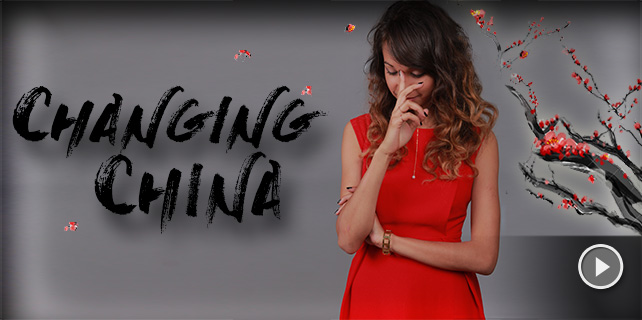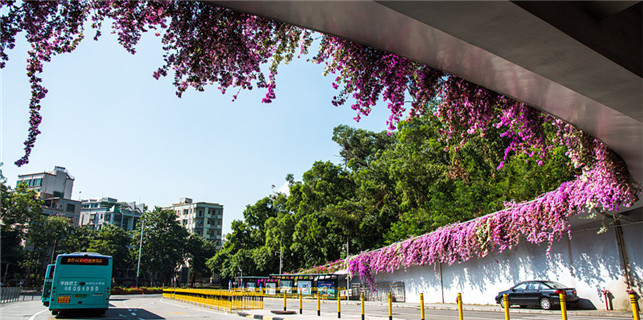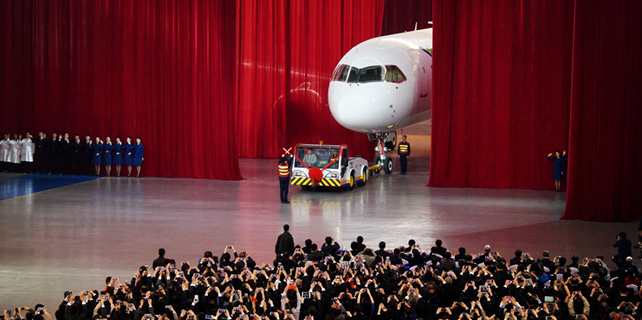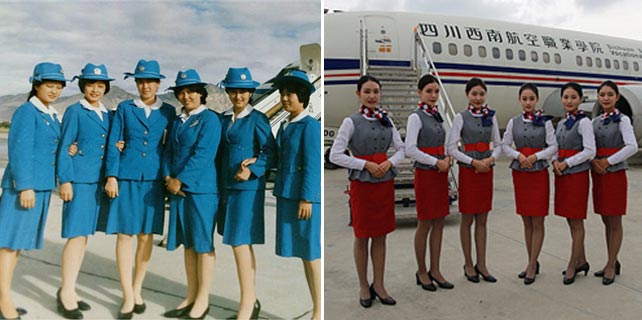Klimt show draws new audience
An original exhibition of Gustav Klimt in San Francisco is expected to receive heightened interest from Chinese visitors whom curators say can relate to the modern Austrian master through his highly stylized works.
|
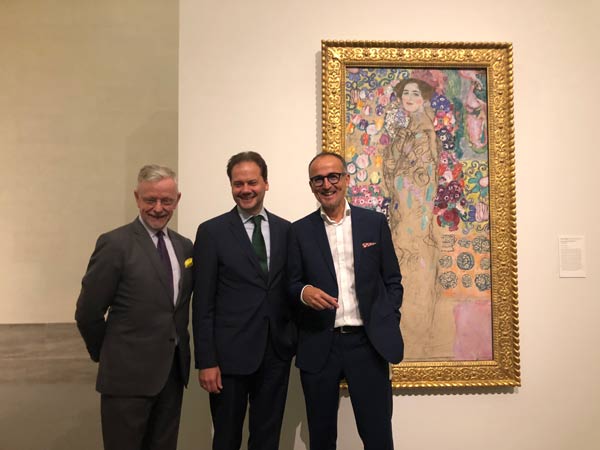 |
|
Martin Chapman (left), curator in charge of European decorative arts and sculpture at the Fine Arts Museums, Max Hollein (center), director and CEO of the Fine Arts Museums of San Francisco, and Tobias G. Natter, co-curator of the exhibition, pose before a Klimt painting during a press preview at the Legion of Honor museum on Thursday. LIA ZHU / CHINA DAILY |
The exhibition, which features 30 works by Klimt (1862–1918), including some of his most outstanding masterpieces, will be on view from Oct 14 through Jan 28, 2018 at the Legion of Honor, part of the Fine Arts Museum of San Francisco.
"It's a particularly interesting thing that viewers can find the traces of influence from Asian art, like the Asian textiles in the background of the paintings or patterns of chrysanthemum," said Tobias G. Natter, an Austrian art historian and co-curator of the exhibition.
"Klimt is not only an Austrian artist, or European artist, he is a global artist," he added.
When Japanese and Chinese paintings were introduced to Vienna around 1900, the artists at the time adopted a new attitude towards art and the Asian artworks seemed to inspire them, he explained.
"This will be an exceptional and breathtaking opportunity to experience the art of Gustav Klimt in San Francisco," says Max Hollein, director and CEO of the Fine Arts Museums of San Francisco.
The Austrian artist, known for his golden-hued The Kiss, produced only 200 works in his lifetime. This first major Klimt exhibition on the West Coast will survey the span of the artist's practice, as many of the works in the show are coming to the US for the first time, said Hollein.
Among the 30 works are iconic paintings on loan from museums in Vienna, Prague and the US as well as private collection, such as Nuda Veritas (1899), representing Klimt's response to the conservative views of the art establishment, Upper Austrian Farmhouse (1911) in his landscape style and The Virgin (1913), in which Klimt's use of color is on full display.
Though Klimt is not a well known name among Chinese audiences now, Natter said he was sure "it will develop very much" as the paintings are about colors and ornament and Chinese audiences will find something familiar, though different.
Western masterpieces prove a big hit for Chinese investors who have snapped up works from masters like Klimt, Monet and Modigliani. The Chinese visitors also have showed increased interest in art museums during their overseas trips.
"There are few collections of Western art in China. So it's a rare opportunity to see Klimt here," said a middle-aged couple from Beijing who were visiting the museum. "Art is something that mankind understands despite the language and cultural differences."
To accommodate the increasing number of Chinese visitors, the museum will start providing maps in Chinese in a couple of weeks and audio tours in Chinese by the end of the year.
Next year, the museum will launch a big tourism initiative to attract international visitors and Chinese are the prime focus, said Hollein.
Klimt is one of the most prominent members of the Vienna Secession, an art movement formed in 1897 by a group of artists who had resigned from the Association of Austrian Artists.
Two seven-foot-tall panels were reproduced from one of Klimt's most celebrated works, the Beethoven Frieze (1902). Widely regarded as the start of Klimt's "golden period", the frieze was painted for the 14th Vienna Secessionist exhibition in celebration of Beethoven's Ninth Symphony and illustrates the human desire for happiness in a tempestuous world marked by suffering.
Also on view are a number of erotic drawings, highlighting his preoccupation with the female body, and landscape paintings, revealing his independence of form with its expressive brushwork and color.
The exhibition is arranged in visual dialogues with approximately 25 sculptures and works on paper by French sculptor Auguste Rodin from the museum's own collection to commemorate the 100th anniversary of the deaths of Rodin in November 1917 and Klimt in February 1918.
A key moment of the exhibition is the meeting between the two artists in 1902. While Klimt, the president of the Vienna Secession, was still developing his signature style, Rodin was at the peak of his international fame.
Rodin visited the Secession exhibition and was fascinated by the Beethoven Frieze, which lead to a meeting between the two artists.







